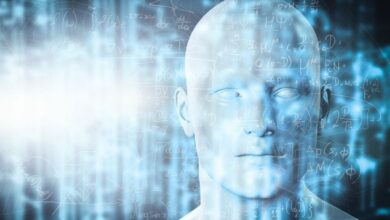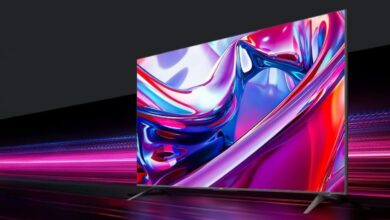6 Ways Tesla Promises to Change the World Next Year, Ranked in Order of Their Actual Likelihood
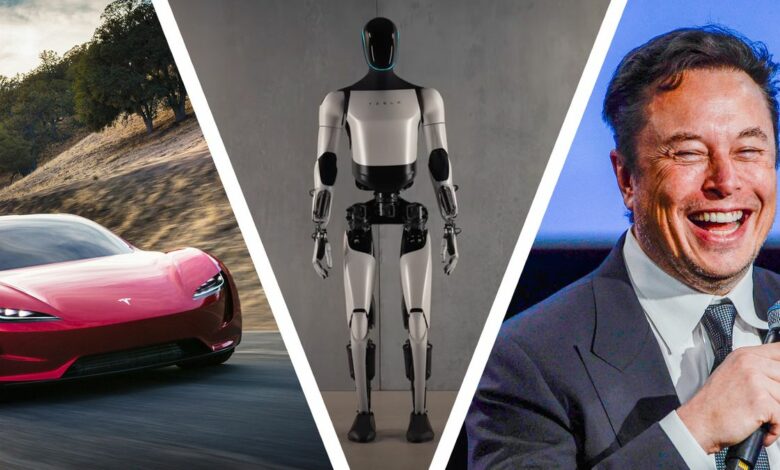
Elon Musk delivered Tesla’s second-quarter 2024 earnings call earlier this week, telling investors that net profit had fallen 45 percent and electric vehicle deliveries had declined, according to The Financial Times.
This sent Tesla’s stock price plummeting 10 percent when trading began on Wednesday, but CEO Elon Musk brushed off the bad news and used the platform to discuss some big plans for the future.
Although Tesla’s Robotaxi project’s official reveal has been delayed until October (we were expecting it in August), Musk said that turning its vehicles into a “giant autonomous fleet” would improve the company’s financials, suggesting it could increase the company’s current value by six times.
But that wasn’t all, as Elon went on to reveal big plans for 2025 and beyond. Here’s what he promised, and the likelihood of it actually happening.
6. Self-driving vehicles
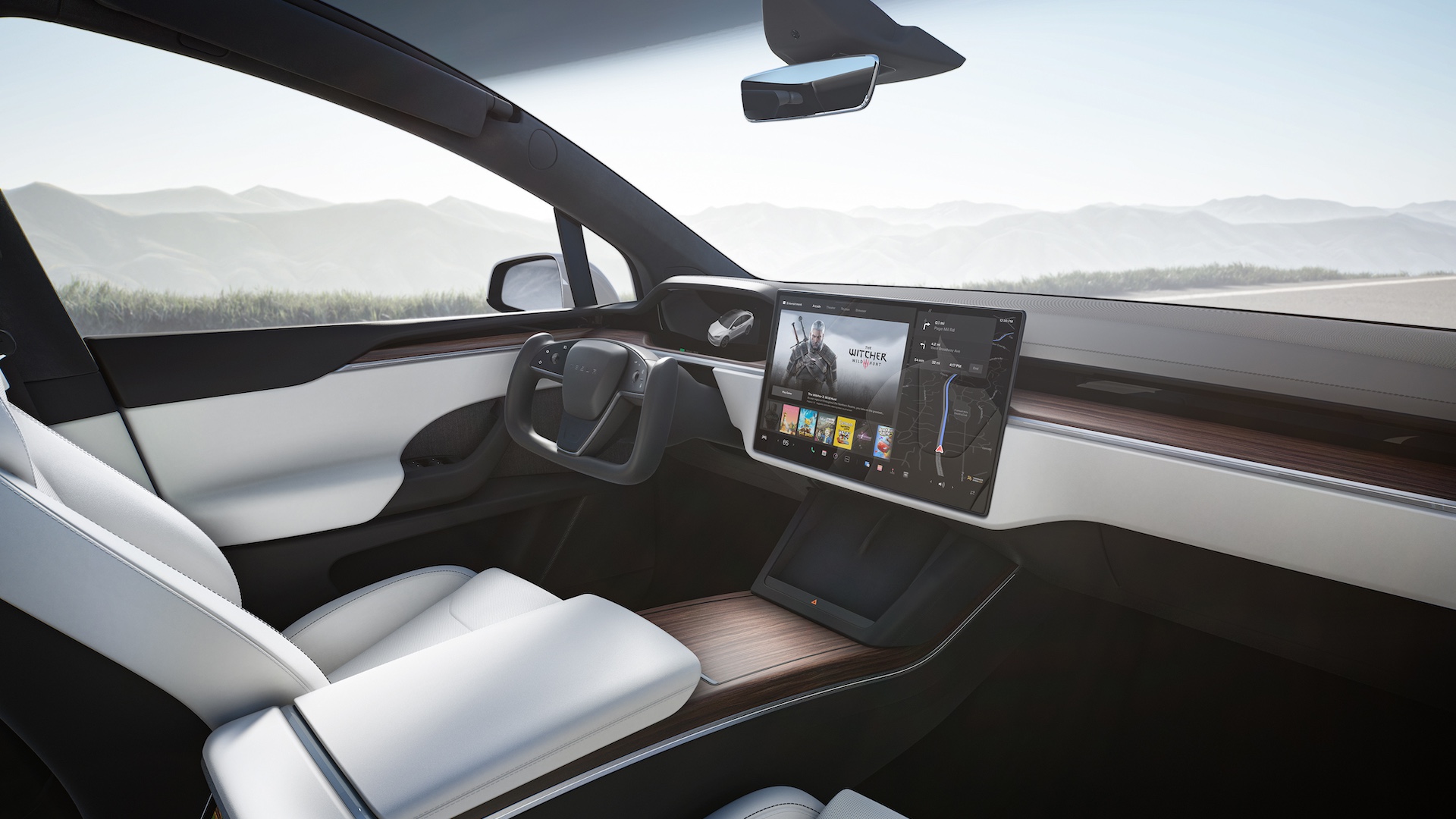
Musk is currently pushing his fully self-driving technology hard, and has bet that Tesla’s future largely depends on us all being able to sit back for years to come while our cars do all the hard work.
Musk has used the phrase “by the end of the year” every year since 2019 in reference to achieving truly self-driving cars, and he didn’t break with tradition during the recent earnings presentation.
Currently, FSD software requires the driver to be attentive and ready to take over at all times, meaning it’s little more than a full-fledged cruise control system. Musk said he’d be “surprised” if Tesla doesn’t have an unsupervised self-driving system by next year.
While fully autonomous vehicles and robotaxis are currently being deployed in certain parts of the world, they are still strictly controlled and are only allowed to operate in locations with a very strict geographic fencing system.
Similarly, passenger cars that allow hands-off, eyes-off driving are again bound by a very strict set of criteria, usually when crawling on the highway.
Sure, Tesla could convince lawmakers to allow some degree of autonomy, but fully “unsupervised” autonomous driving in passenger cars is still a long way off… for anyone.
5. Optimus Robot
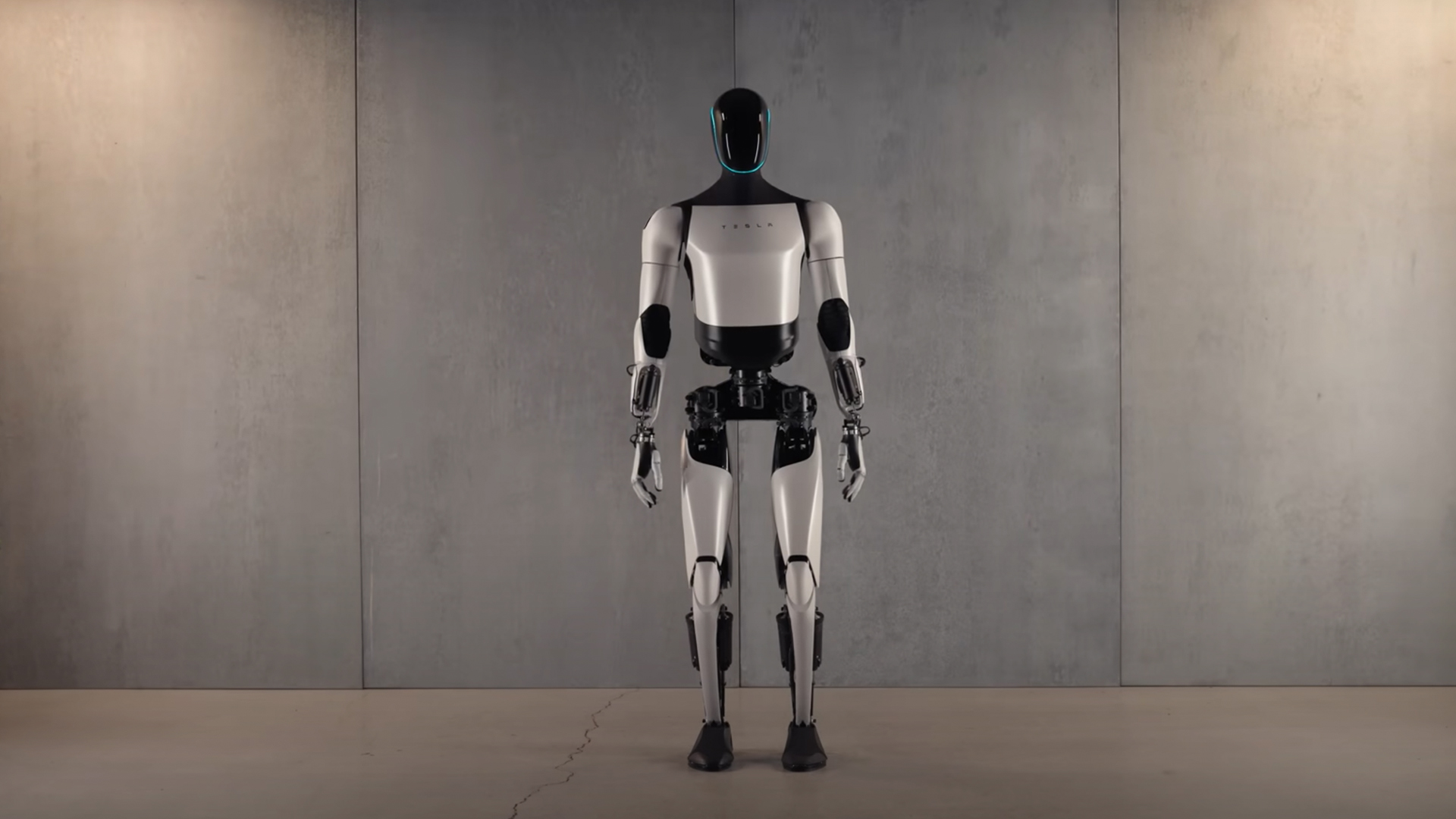
Tesla’s humanoid robot that can perform repetitive or dangerous tasks was originally set to go into production and hit the market in 2025. But this project, like so many others in Tesla’s playbook, has been delayed.
Musk revealed that the second generation of his Optimus robot would enter “low production for internal use at Tesla” next year and likely won’t be offered to outside companies in mass production until 2026.
So don’t worry, robots aren’t coming for your jobs anytime soon.
4. Tesla Roadster
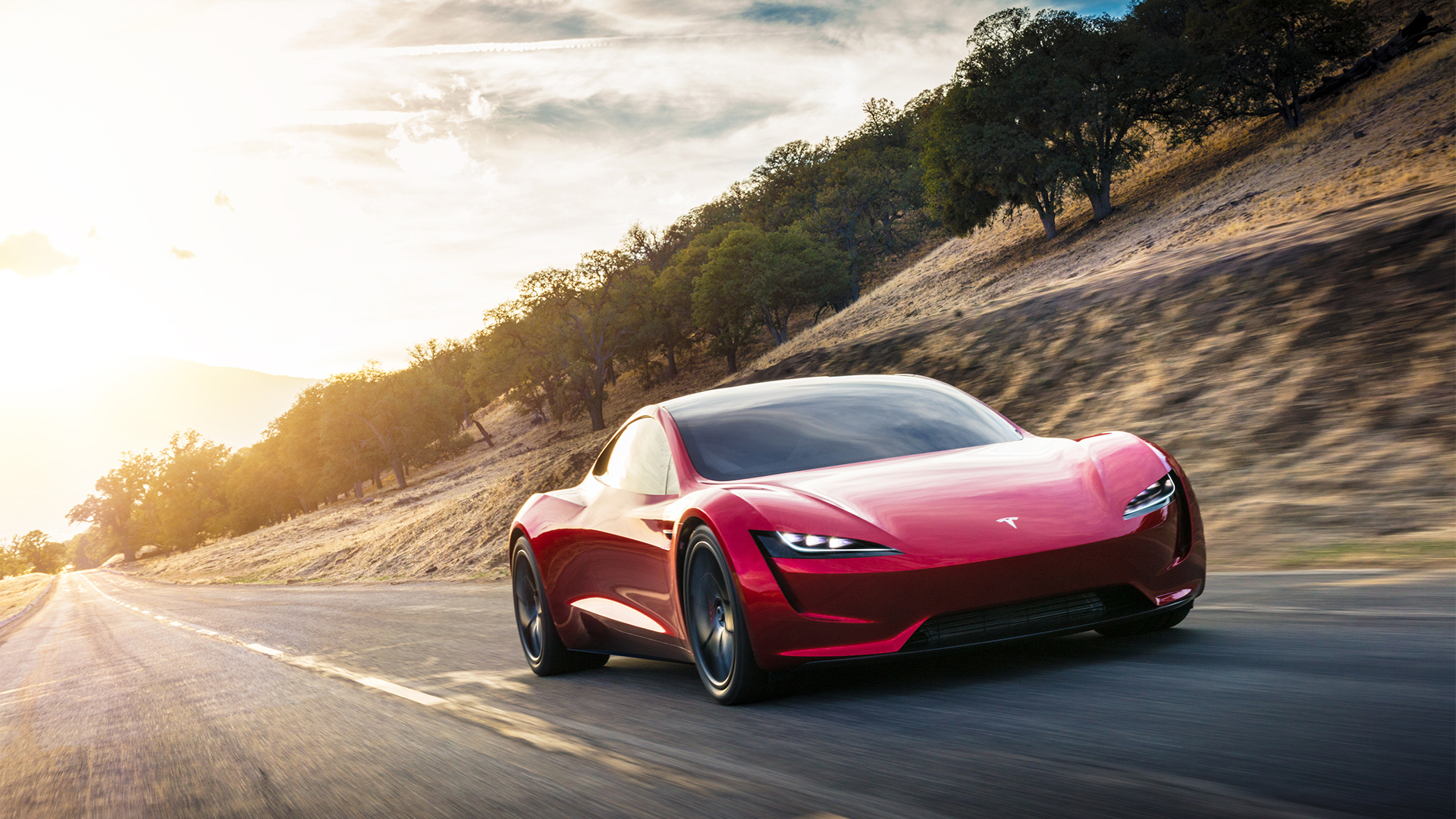
The next-generation Roadster was revealed in 2017, and we’re still waiting with bated breath for a proper update on the project. Unfortunately, Musk reiterated that it would “go into production” next year during the recent earnings call, which is surprising considering it’s been delayed every year since it was first revealed.
Elon has previously boasted about its 0-60 mph time of under 2 seconds, its top speed of over 250 mph, and the fact that rocket engines could keep it airborne for a short time. We’ve never seen one drive around a parking lot, though, so take all that with a grain of salt.
3. Affordable electric vehicles
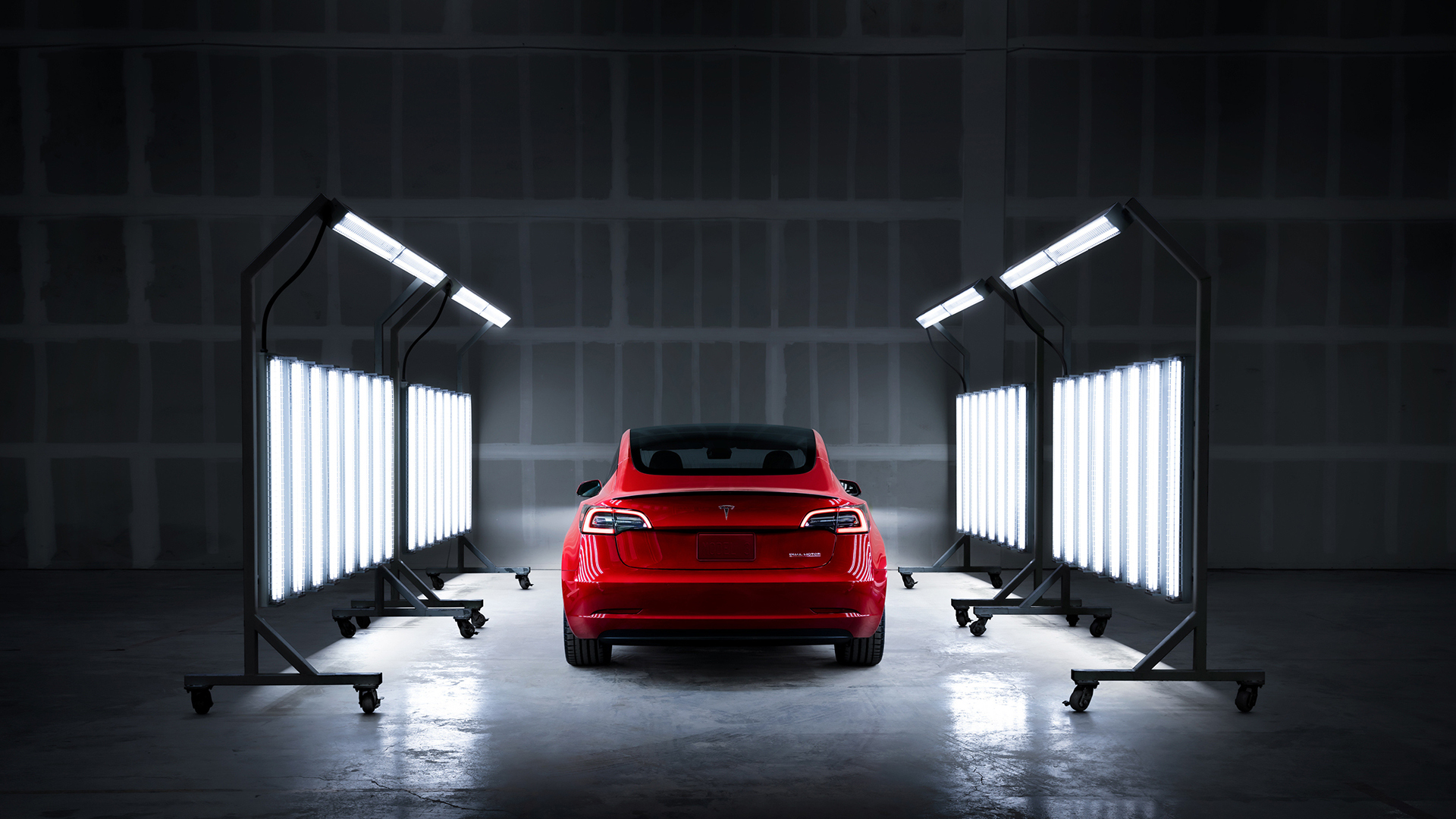
The news media went into a frenzy when they heard about a Tesla that would cost less than $25,000, suggesting that a Model 2 could extend range and provide an all-electric alternative to mass adoption of electric cars.
However, Musk later shelved plans to introduce a new “unboxed” manufacturing process, which he said would lower production costs that could then be passed on to consumers – a key point for any affordable electric car.
The company subsequently confirmed that Robotaxi will be the only vehicle to ride on an entirely new platform, suggesting that no hint of a Model 2 is doomed.
Still, Musk said that “more affordable models remain on track to start production in the first half of 2025” during the earnings call. Whether that means cheaper versions of existing models or an all-new badge remains to be seen.
2. Robotaxis
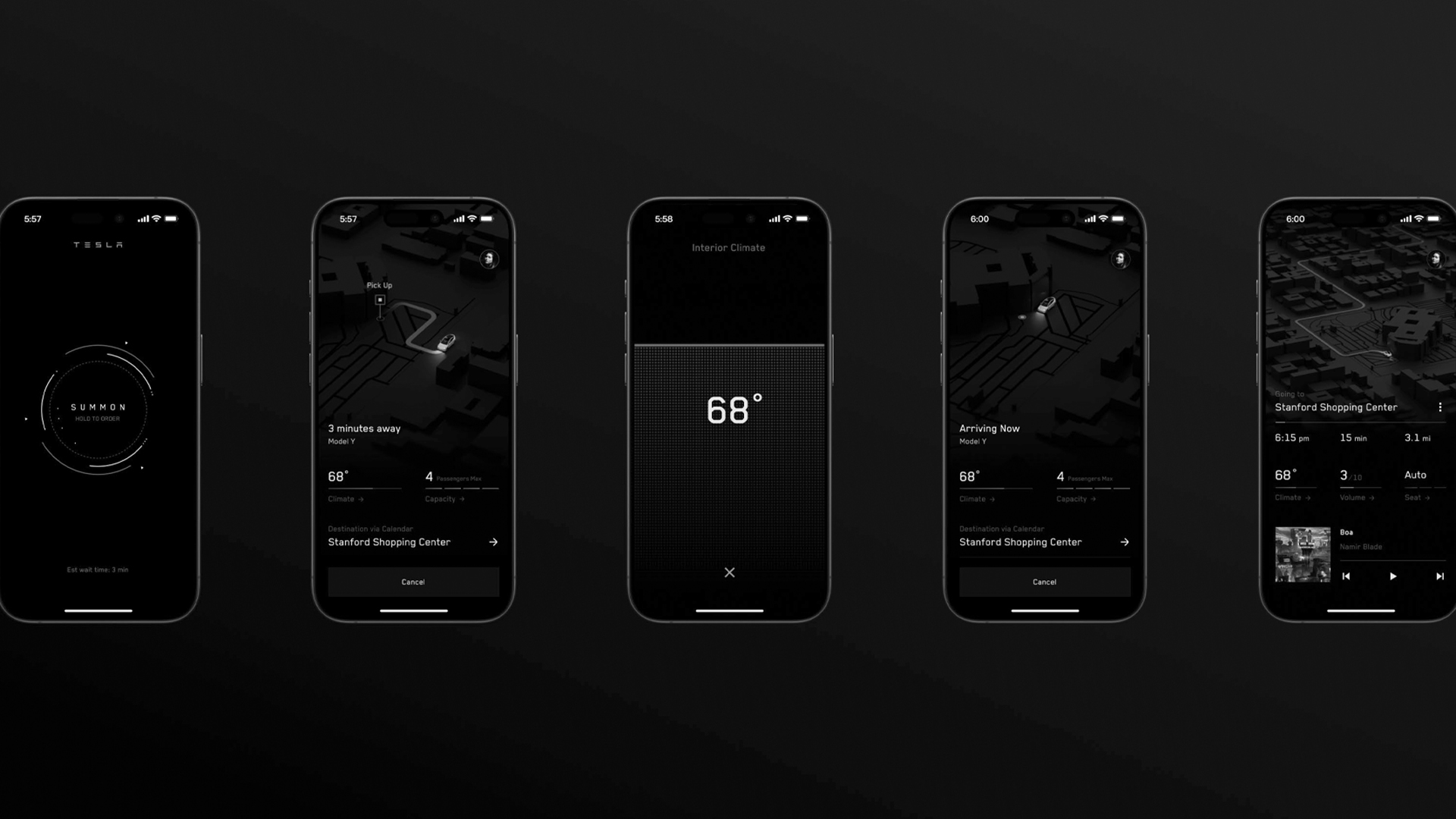
Tesla’s Robotaxi initial reveal has already been delayed, with the company’s hype man confirming that we won’t see the project in the flesh until October of this year. But even that date could be up for debate.
During the earnings call, Musk was characteristically vague on specific timelines and wouldn’t say when we might actually see it in action. He said the company could give its first rides “when [we can] ‘Unsupervised self-driving’, which we’ve already learned won’t happen until next year… or the year after that… or the year after that.
We certainly expect to see a Robotaxi concept next year, hence the three-star probability rating, but a fully working network may still be a long way off.
1. Tesla Semi
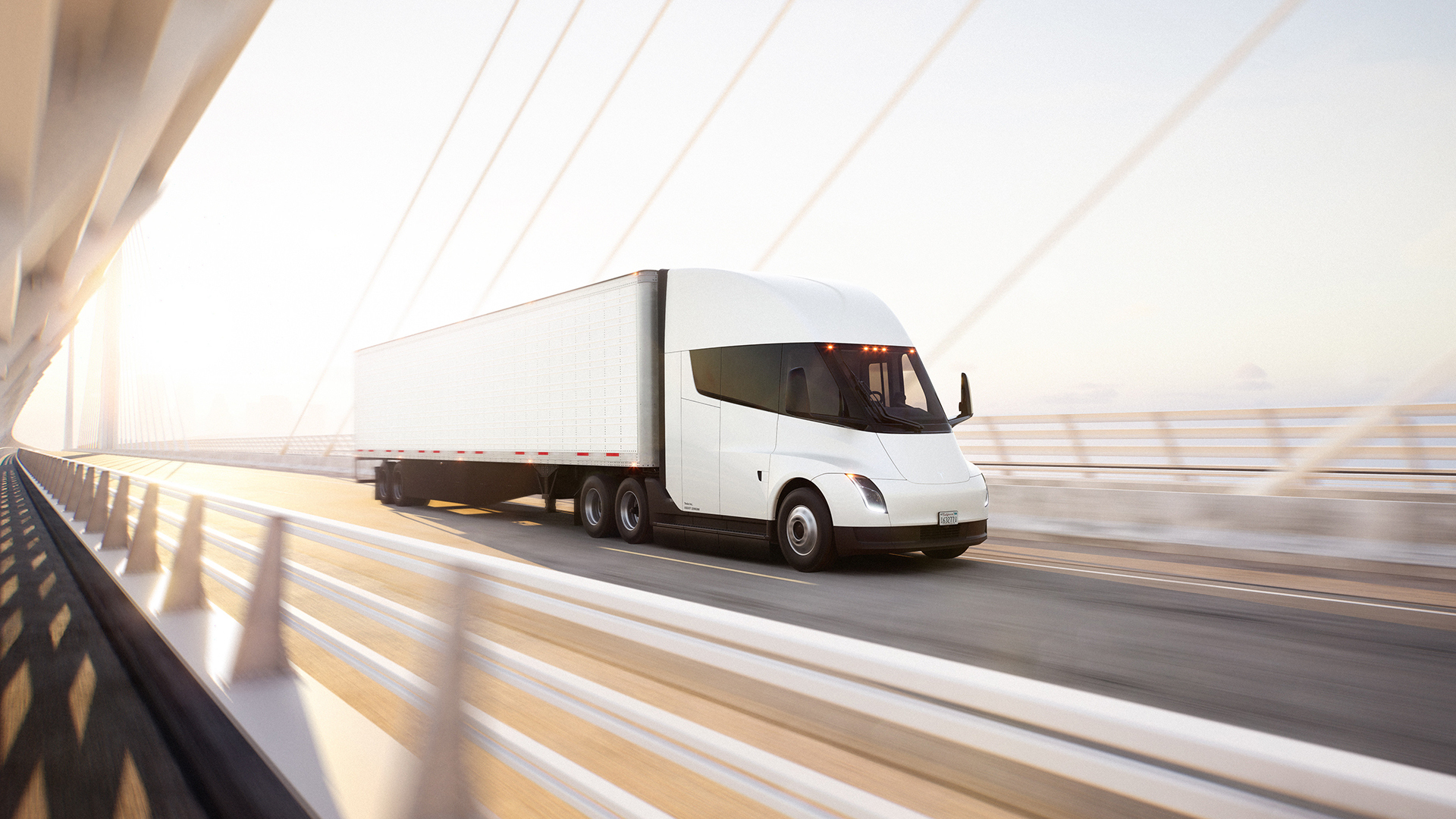
Tesla has been testing and refining its large 18-wheeler electric vehicle for some time now, officially handing over one of the first models to PepsiCo in 2022. But the company has been eerily silent about how many units it has produced or sold since then.
In a recent interview with BloombergDaimler Truck CEO Martin Daum claimed his company sold 15 electric rigs for every one Tesla managed to sell. He went on to explain that the EV company lacked the scale, product portfolio and service network needed to truly compete.
But during the earnings conference call, Musk said the Semi is on track to “enter production” in late 2025, suggesting the models already on store shelves are still in pre-production.
After investing $3.6 billion in the Nevada factory, Tesla looks set to begin the project in earnest next year.

